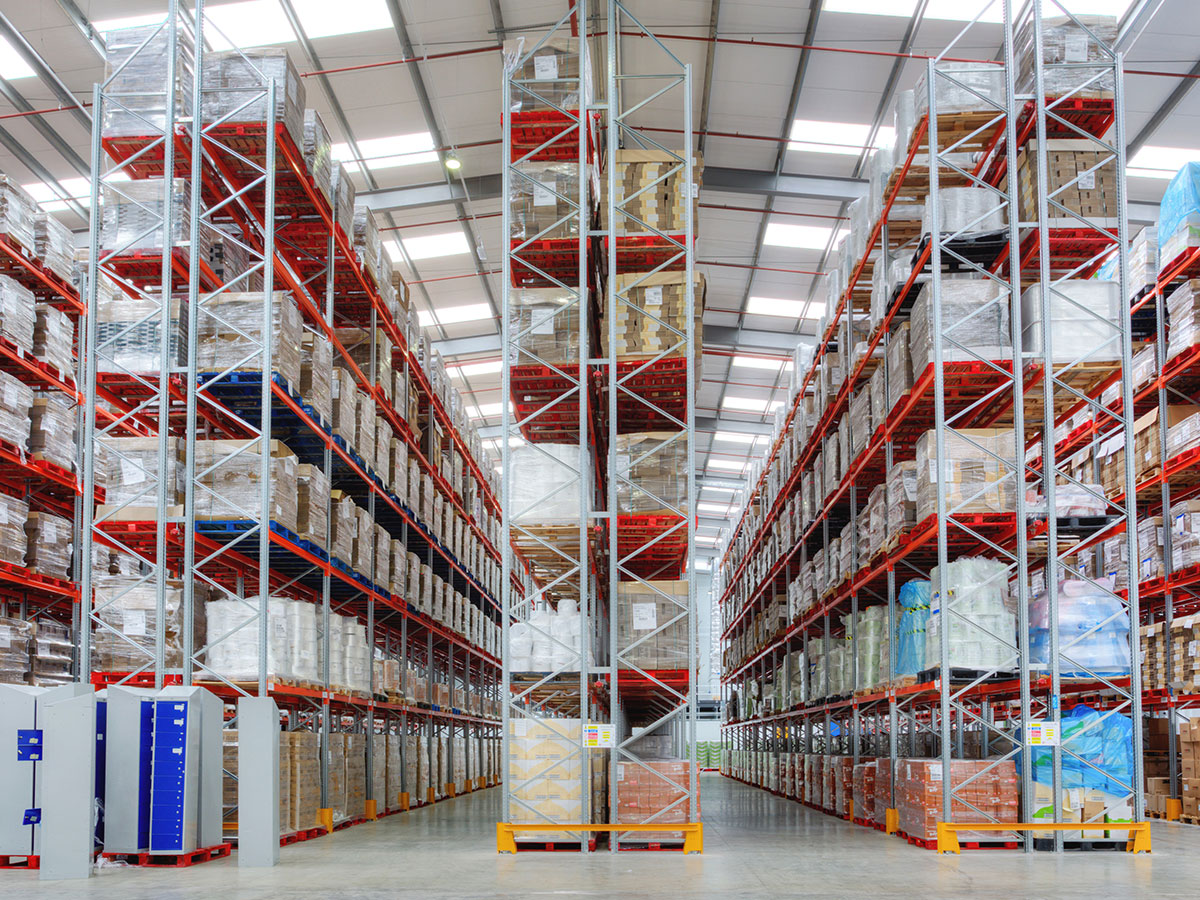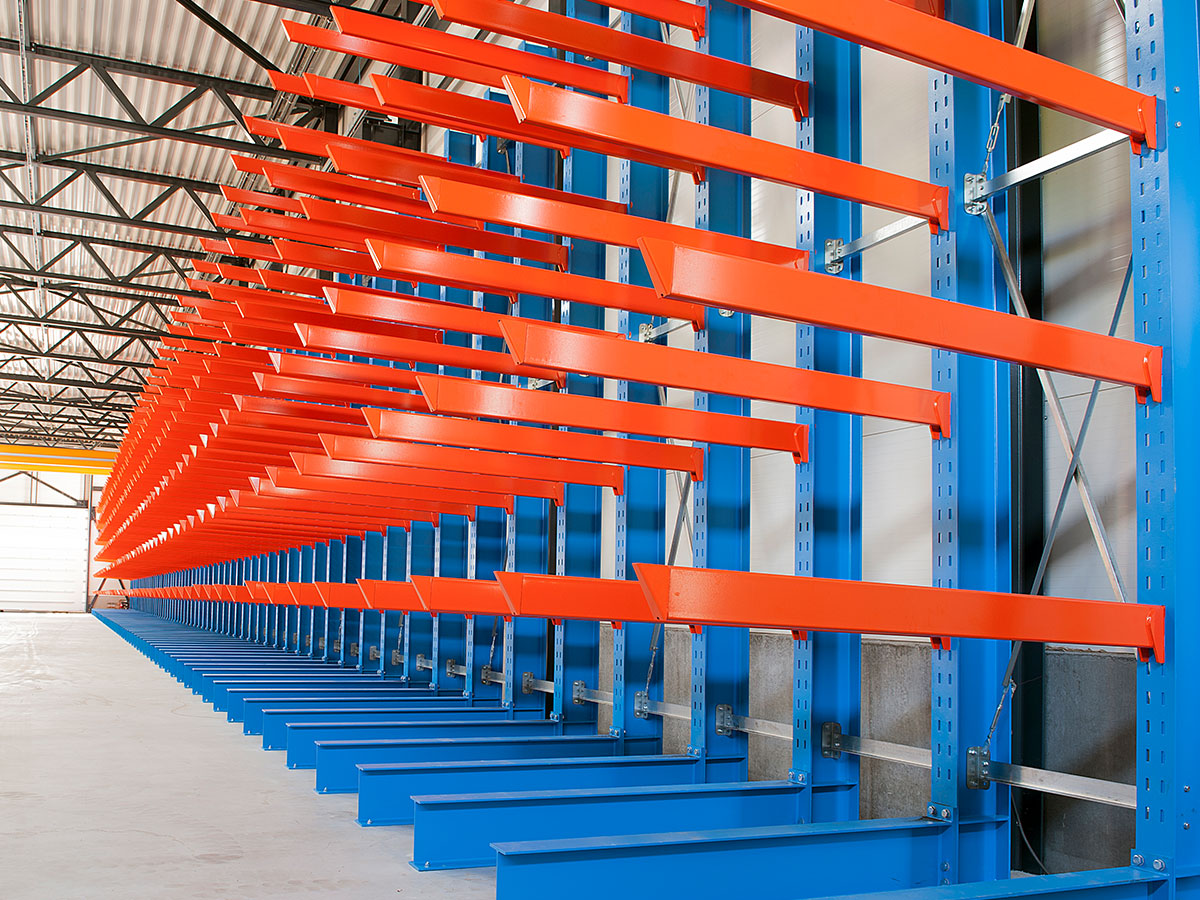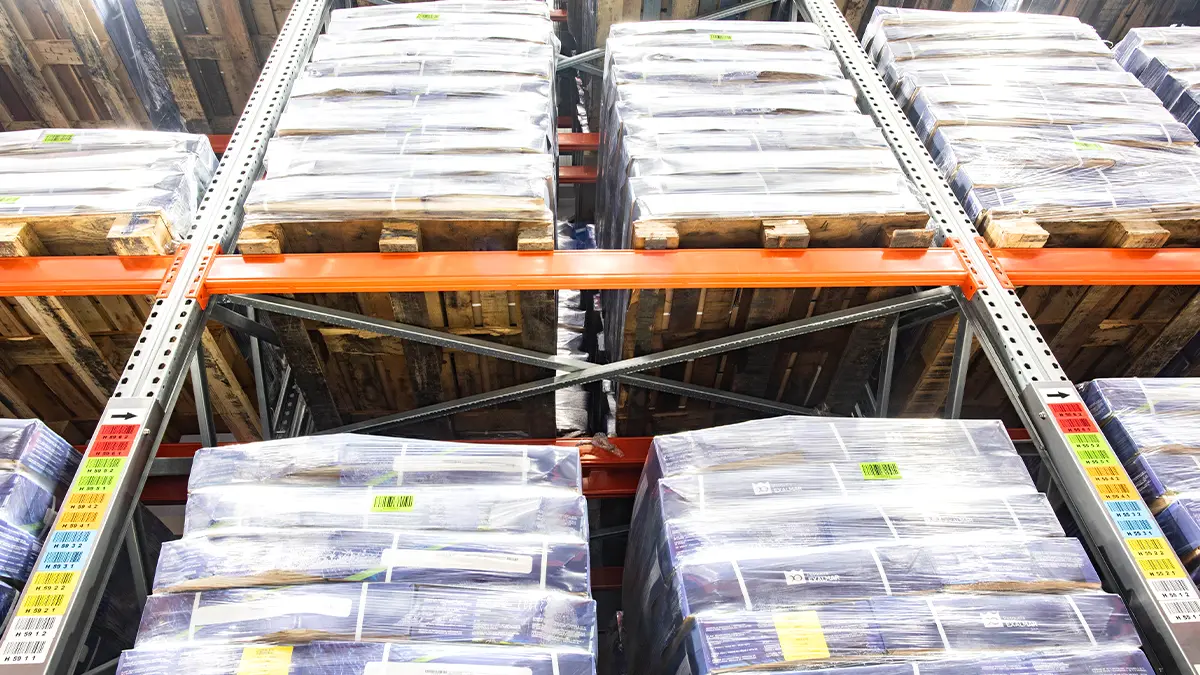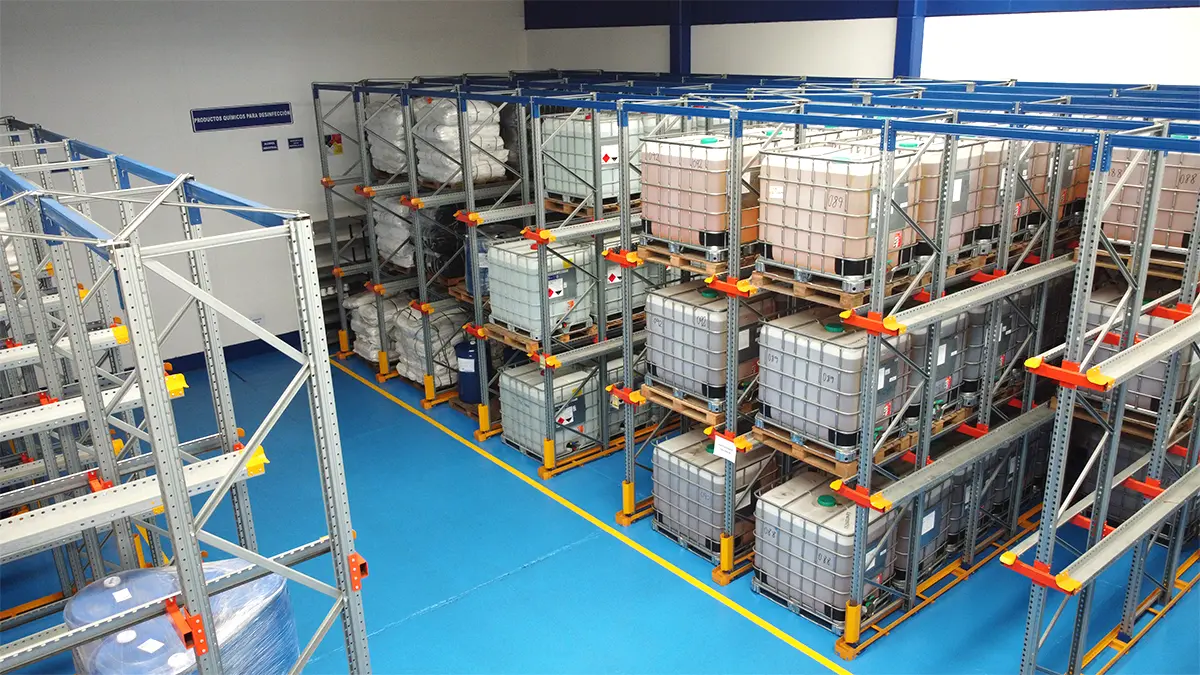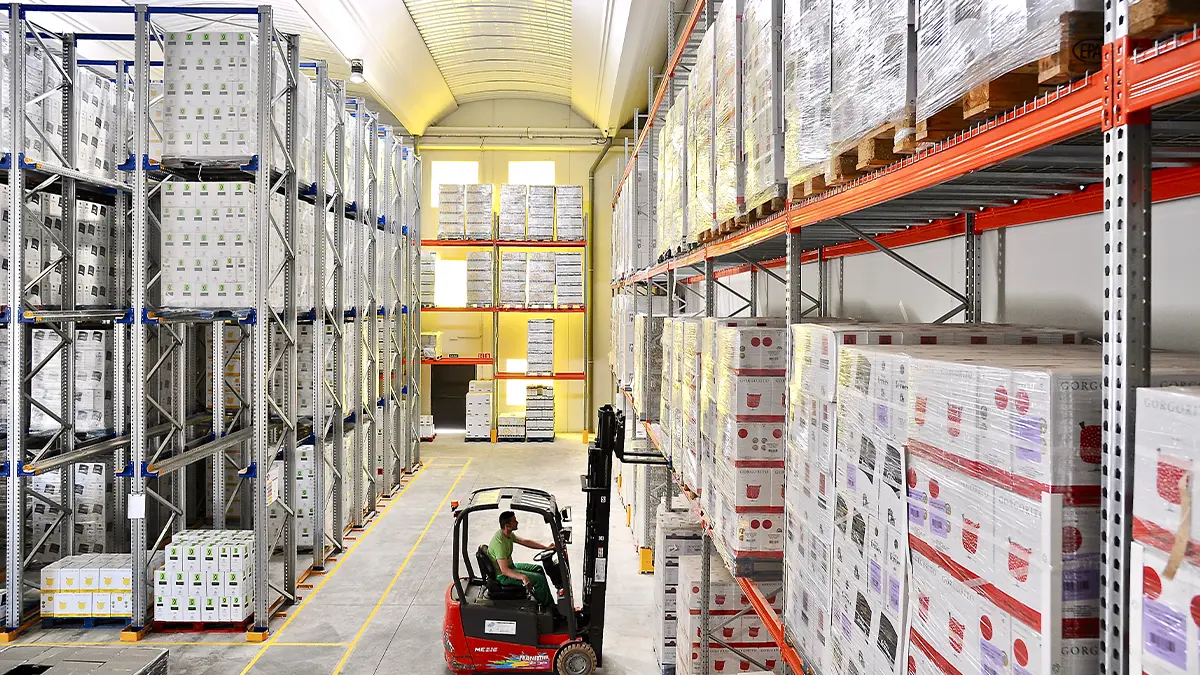Optimising the available space in the warehouse is one of the major concerns of companies when it comes to designing the layout of the warehouse and planning their supply chain.
Compact storage solutions are the answer to the increasingly common challenge caused by the increase in price of land and the need to expand the storage capacity of companies because of the rise in online sales and shopping.
Compact storage has significant advantages when it comes to optimising the available space compared to conventional storage, but it also has limitations that must be carefully considered before taking the decision to install a compact storage system in our warehouse.
We detail below the advantages and disadvantages of compact storage, and the most common systems for this type of storage.
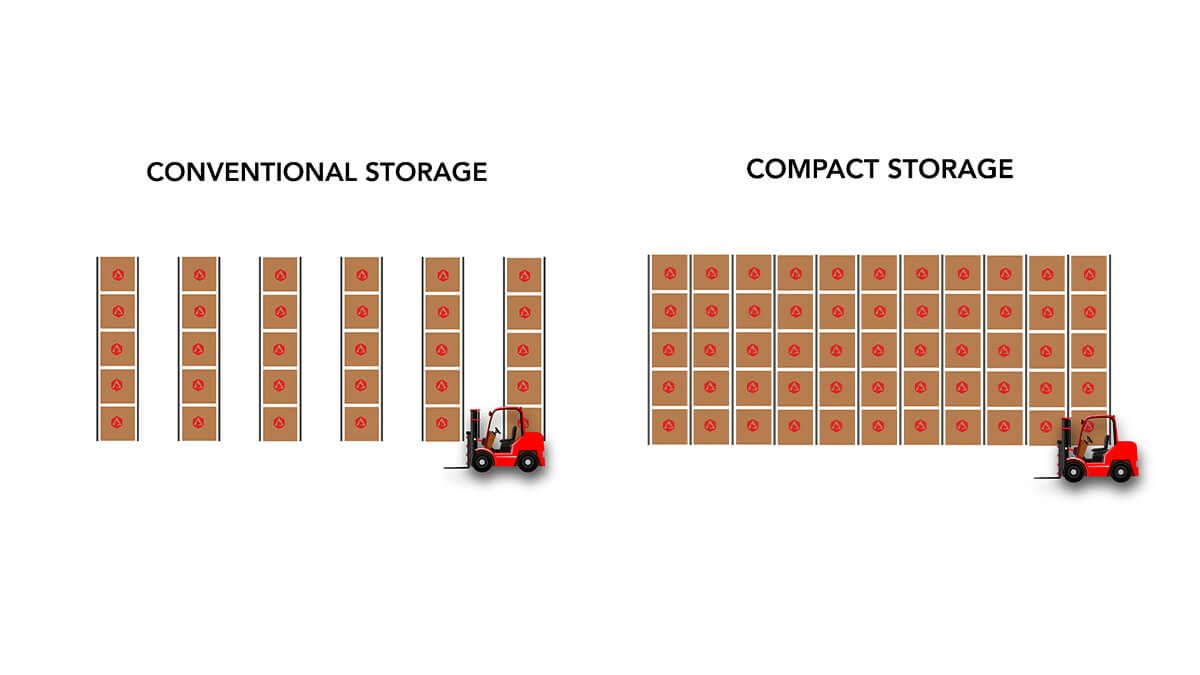
Main advantages of compact storage
If compact storage is one of the most widely used solutions currently in warehouses, it is because of its major advantages over conventional storage.
These advantages can be summarised as:
Better use of available space
Undoubtedly, the main advantage of compact storage is that it allows you to optimise the floor space of the warehouse to install the industrial racking.
Exploitation of space at height too
Compact storage systems, apart from compacting the storage structure and optimising the available floor space, can also be increased in height to gain storage capacity both in terms of width and height.
Increase in load capacity of the warehouse
Thanks to this optimisation and compaction of space in width and at height, the storage capacity can be increased by up to 80% compared to the selective pallet racking system, which means almost doubling the number of goods that a warehouse can keep in stock.
Versatility for managing stock by the FIFO or LIFO method
There are compact storage alternatives that work using both methods, so deciding to compact our storage system will not limit us when it comes to choosing how we want to manage the goods in our warehouse.
Alternatives according to needs
Compact storage includes many alternative storage systems from which to choose. Greater or less compactness, easy access to loads, static or live storage systems... Depending on the storage needs, we will choose one type of compact racking or another, as we will see below.
Inventory control
Good inventory control by assigning a lane of compact storage racking for each product reference.

Disadvantages and limitations of compact storage
Compact storage has clear advantages in logistics, but also comes with a series of limitations or disadvantages that can be significant depending on the specific needs of the warehouse. We review these limitations below:
The main problem we face with compact storage is load selectivity, i.e. we do not have direct access to all the unit loads stored. With adjustable pallet racking systems, we can load or unload any of the pallets or cartons stored on the racking.
In compact storage systems, whether live pallet racking, Drive In, Drive Through or Shuttle, we can only access directly the first or last unit load stored, according to the system installed.
Another disadvantage can be limitation when it comes to organising the goods, as in compact storage a single product reference must be stored for each racking aisle.
Moreover, the compaction that we achieve in the compact systems structure comes at the cost of eliminating work aisles used by forklifts in adjustable pallet racking systems, something else to consider. This means that loading and unloading manoeuvres must be performed with even greater care.
And finally, another minor detail to consider particularly in systems with more movement (live storage and Shuttle), is that the pallets must have their load perfectly unified and stabilised. In adjustable pallet racking systems, unit loads experience fewer movements and displacement than in these live storage solutions, so the risk of load misalignment is less.
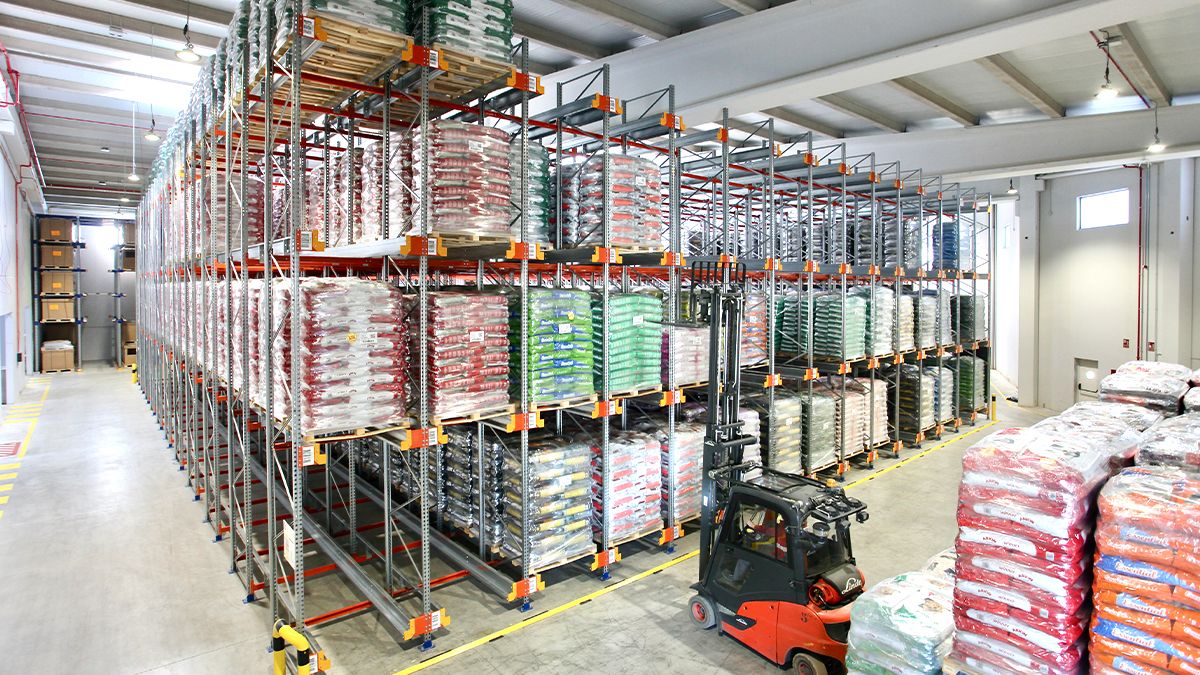
Types of Industrial Racking for Compact Storage
Considering the points for and against installing a compact storage system in the warehouse, we will look at the differences between all the different types of compact racking.
In this previous blog we analysed in greater detail each of the systems, which we provide a simple description of below:
Drive In Pallet Racking
Drive In Racking is the most widely used compact storage system; in its compact structure aisles are generated inside the racking itself. The forklift accesses the same aisle for the loading and unloading of goods so it works according to the LIFO method, i.e., the last unit load to be loaded, is the first one to be unloaded.
Drive Through Pallet Racking
The Drive Through system only has some minor differences compared to the Drive In. Its main structure is the same, but it works according to the FIFO method, whereby the forklift enters one end of the aisle to load the goods and the opposite end to unload them. In this system product rotation is perfect.
FIFO Live Pallet Racking
FIFO Live Pallet Racking systems consist of a compact structure equipped with roller beds along which unit loads are moved down the aisle. As with the Drive Through, it works with the FIFO system. The forklift loads the pallets at one end of the aisle and collects them at the opposite end, which has a slight downward incline.
LIFO Push-Back Live Storage
Push-Back live storage is another live storage system with a compact structure, but with a single aisle for loading and unloading goods. Pallet storage is done by pushing, whereby the new unit loads stored on the aisle push the previous ones towards the back of it. It works according to the LIFO method, so it is best used to store low rotation products.
Semi-automated AR Shuttle Racking
Pallet Shuttle (AR Shuttle) racking is a storage system with a compact structure like the previous ones, but in this case the unit loads are moved inside the racking (loading and recovery) using AR Shuttle automated shuttles.
The AR Shuttle compact system can work using both the LIFO and FIFO method, although the most common is the LIFO with the racking structure installed up against one of the walls of the warehouse.
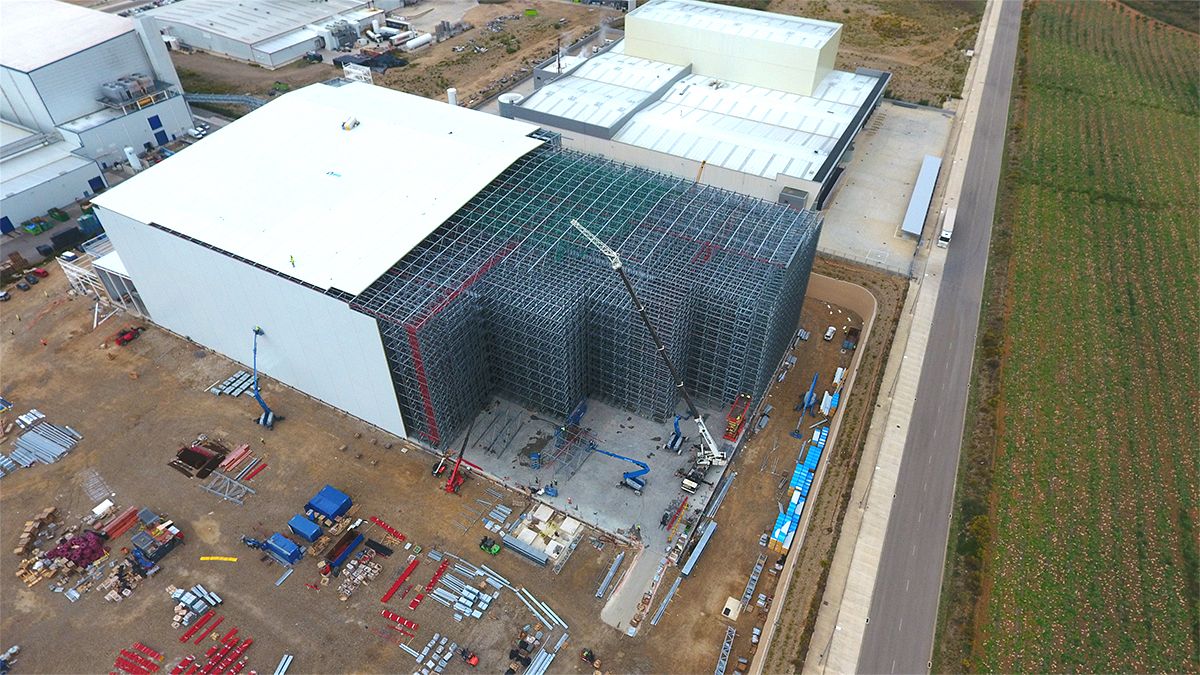
Maximum compact storage with automated systems: Clad-Rack Warehouses
The storage system that is the ultimate expression of the term compact storage is Clad-Rack Warehouse, an ultra-compact and highly complex system in its design and installation.
In clad-rack warehouses, the racking is part of the structure of the warehouse building itself. All the available space is fully exploited for the storage of goods. The racking structure is installed firstly and then covered by an external enclosure to form the building.
The compaction of the structure is of such magnitude that for the loading and unloading operations of the goods, automated systems such as stacker cranes and pallet shuttles must be installed.
Despite the size of these types of constructions, they have the advantage of not requiring civil engineering work and being an ideal solution for storage in cold or freezing conditions.




